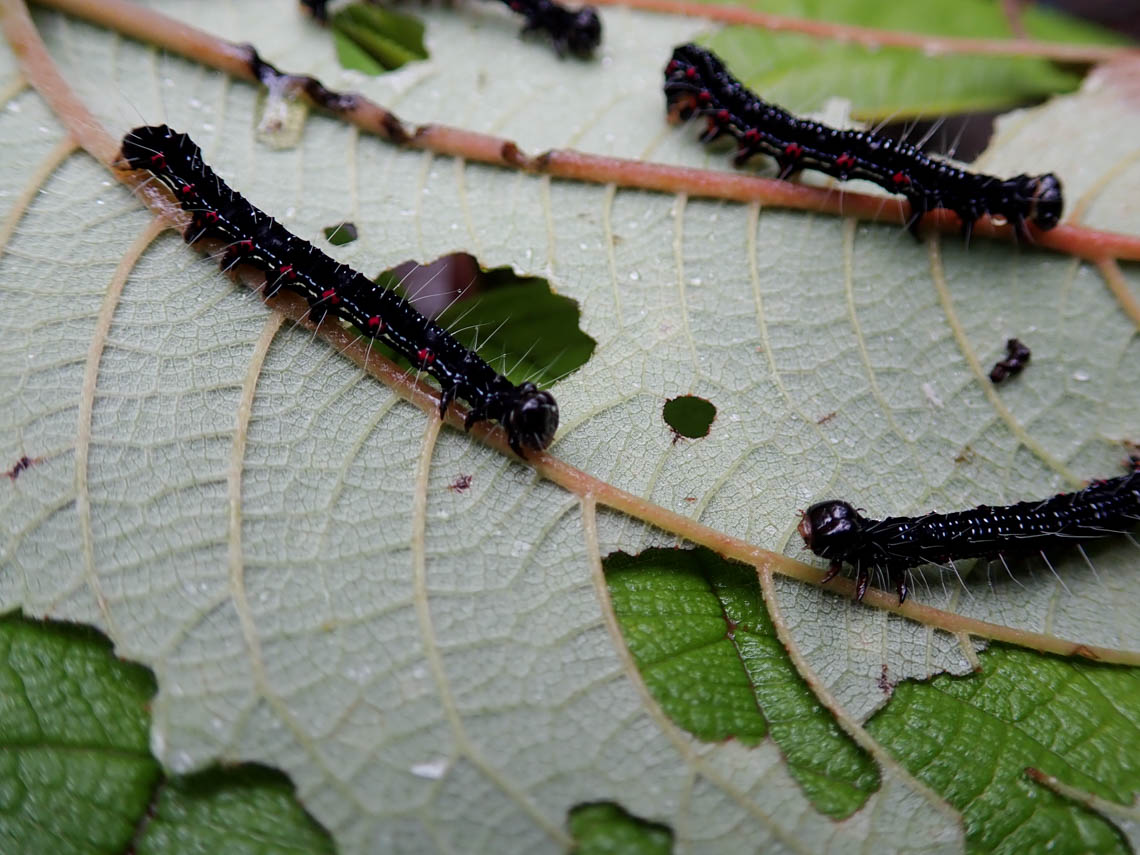In 2018, an invertebrate biologist discovered an unfamiliar black caterpillar feeding on a māmaki plant in Olowalu Valley. Experts confirmed…
Read More
mamaki pest
Damage to māmaki plant by moth highlights need for biosecurity
Last October, Keahi Bustamente was looking for rare snails in Olowalu Valley when he noticed a māmaki plant showing signs…
Read More


